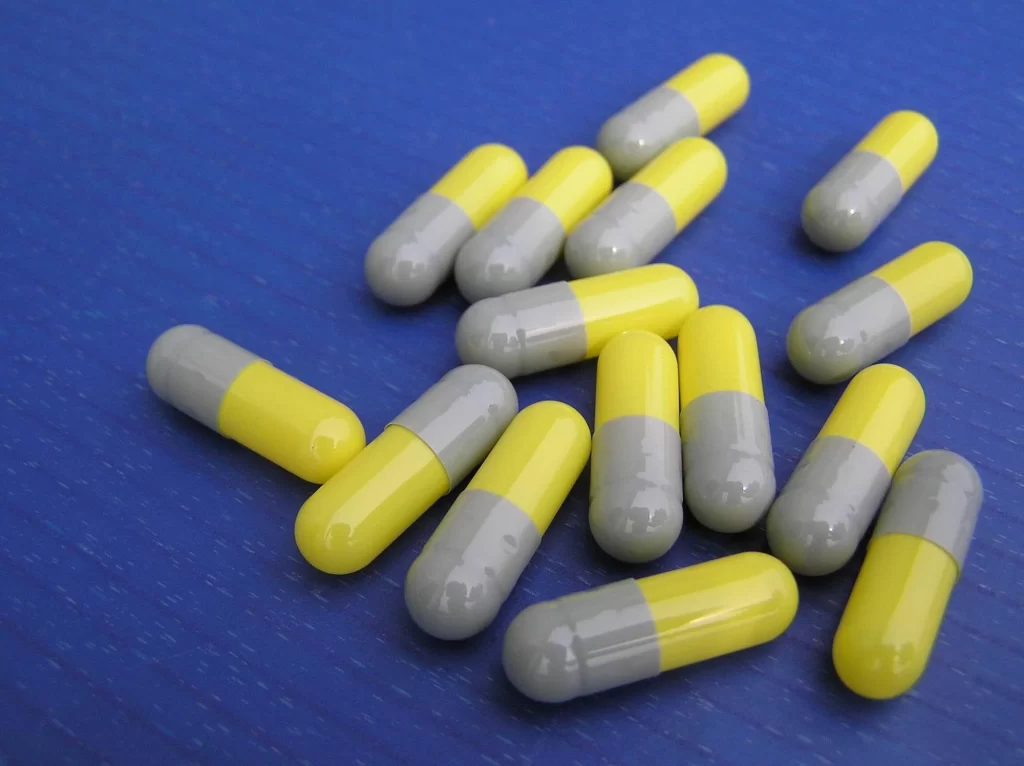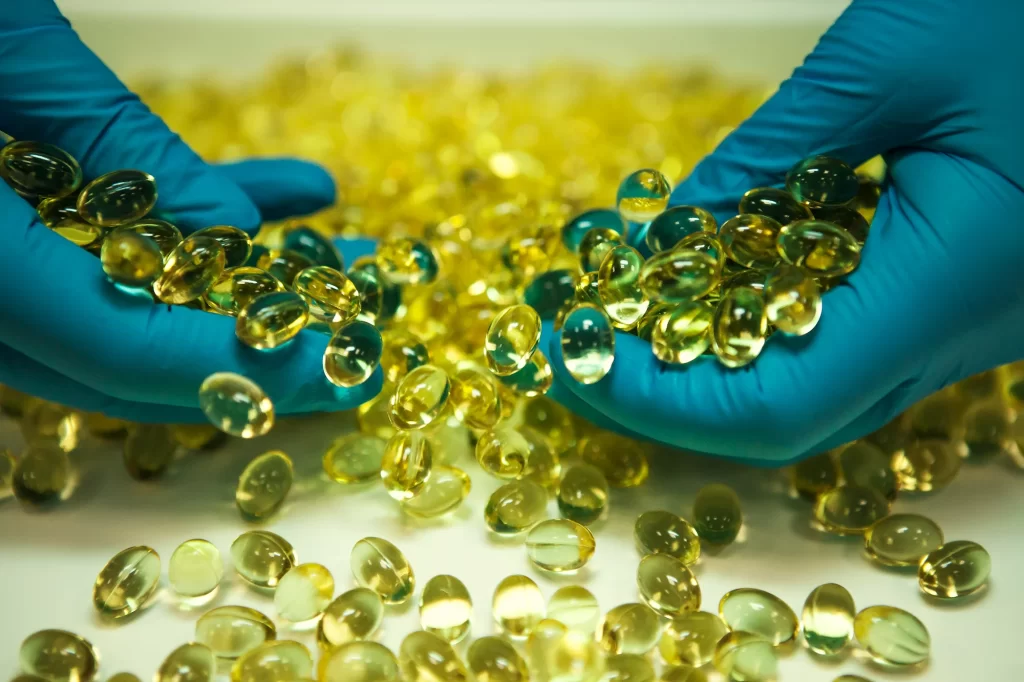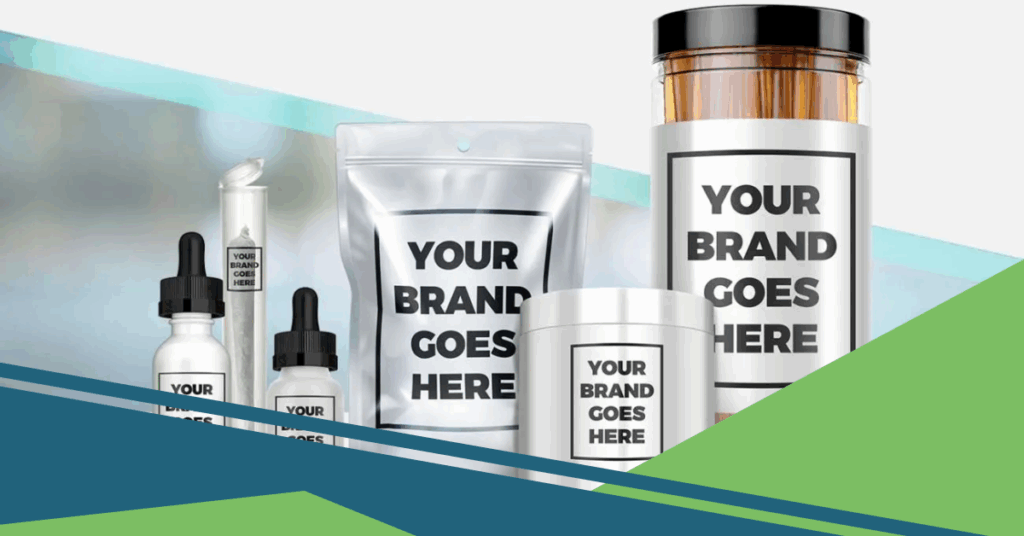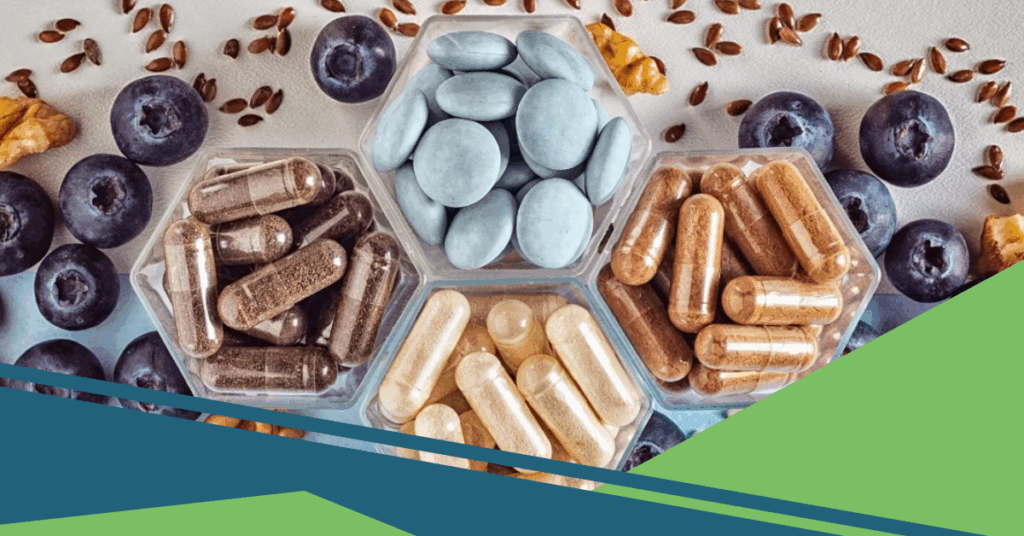In the world of capsule manufacturing, one common debate is hard gelatin vs soft gelatin. If you’re working in the supplement, pharmaceutical, or even cosmetic space, understanding the difference actually shapes everything from the ingredients you use to the machines you need. While both types fall under the “gelatin capsule” umbrella, their construction, uses, and production processes set them apart.
Let’s break it down in simple terms for Capsule Manufacturing, formulators, and anyone curious about how capsules work.
What Are Hard and Soft Gelatin Capsules?
Before we go into the hard gelatin vs soft gelatin debate, here’s a quick snapshot:
- Hard gelatin capsules, also known as two-piece capsules, are typically used for dry or powdered substances.
- Soft gelatin capsules, also known as softgels, are sealed, one-piece capsules that hold liquids, pastes, or oils.
Though they both offer excellent bioavailability, each serves a different purpose in Liquid Capsule Manufacturing.
Physical Structure and Content
Hard gelatin capsules are hollow shells filled with powder, granules, or tiny pellets. These are made up of two separate parts: the cap and the body, which are filled and then snapped together.
On the other hand, soft gelatin capsules are fully sealed, flexible units. They’re perfect for oily or liquid-based substances that would be difficult or messy to put into a two-piece capsule. The shell is thicker and slightly tacky, which helps keep the contents protected and stable.
Uses and Applications
Understanding where each type shines helps capsule manufacturers pick the right one for the job:
- Hard gelatin capsules are ideal for:
- Dry powders, herbs, or tablets
- Ingredients that are light-sensitive or prone to breaking down in heat or humidity
- Products that require delayed or extended release
- Soft gelatin capsules are the go-to for:
- Oils (like fish oil, CBD oil, and vitamin E)
- Fat-soluble ingredients
- Liquid blends or suspensions
- Volatile or smelly ingredients (since the shell keeps odor locked in)
Softgels are also used in cosmetics and skincare products, often in single-dose applications.
Manufacturing Process
This is where the two really part ways—and where capsule manufacturers have to make some big decisions.
Hard Gelatin Capsule Manufacturing

The capsule manufacturing process for hard gels typically follows these steps:
- These are created by dipping stainless steel molds into a gelatin solution, drying them, and trimming the shells.
- Blend the powder or granules using mixers and sometimes granulators.
- Fillers (manual, semi-automatic, or fully automatic) insert the ingredients into the capsule body before the cap is joined.
- Capsules are cleaned and sometimes printed on. Storing and handling capsules in bottles or blister packs.
Gelatin capsules vs. HPMC capsules, both come in several sizes, with #0 and #1 being the most common. Their production is relatively straightforward and cost-effective, making them popular among many capsule manufacturing companies.
Soft Gelatin Capsule Manufacturing

Softgels require more specialized equipment and a more complex process:
- Gelatin is soaked, melted, and blended with water, glycerin, and sometimes color or preservatives.
- A warm, flexible sheet of gelatin is formed as the capsule shell.
- Using a rotary die or drip method, the fill material is inserted and sealed in a single motion.
- Perfect Capsule Sizes pass through a drying tunnel to reduce moisture, followed by a cleaning process that often utilizes ultrasonic technology.
The capsule manufacturer must pay close attention to the viscosity, temperature, and density of the fill materials to get a clean, uniform product.
Material Requirements and Machines
Hard gelatin capsule production typically uses:
- Gelatin melting tanks
- Mixers and granulators
- Capsule filling machines
- Polishing machines
- Blister or bottle packaging machines
Machines can range from basic tabletop fillers to high-speed industrial lines. A capsule manufacturing company scales up as demand grows.
Soft gelatin capsule production, meanwhile, involves:
- Gelatin melting tanks
- Colloid mills and emulsifiers
- Automatic softgel encapsulation machines
- Drying tunnels
- Ultrasonic cleaning machines
Because softgels involve liquid ingredients and need immediate sealing, the equipment used is much more specialized and often comes at a higher price point.
Cost and Scalability
Softgels can be more expensive to produce due to the complexity of the machines and the drying time. However, they allow capsule manufacturers to work with oils and emulsions without requiring additional excipients, such as binders or carriers.
Hard capsules are more flexible in terms of production speed and scaling. They’re easy to fill and customize in terms of color and branding, and many Trends in Liquid Supplement Manufacturing already have the infrastructure to produce them in bulk.
Stability and Shelf Life
Both types can offer excellent shelf life if made correctly. However, softgels, because they are sealed tightly and often include preservatives, can keep sensitive liquids fresh for longer.
Hard capsules may require protective packaging or desiccants to prevent humidity-sensitive powders from being compromised.
So, Which One Is Better?
That depends entirely on what you’re making.
- If your formula is liquid or oily, softgels are the winner.
- If you’re working with powders or granules, hard gelatin capsules are your best bet.
- For mass production on a budget, hard capsules are easier to scale.
- If you want a high-end look and better sealing for sensitive ingredients, softgels are the way to go.
There’s no one-size-fits-all answer in the capsule manufacturing world, but knowing the difference helps you make the smart choice for your product.
Final Thoughts for Capsule Manufacturers
Whether you’re a startup capsule manufacturer or an established capsule manufacturing company, understanding the differences between hard gelatin and soft gelatin capsules can help you pick the right direction for your production line. Each type has its strengths. It’s all about the ingredients you’re using, how you want them delivered, and the kind of experience you want to give your customers.
And, if you’re just getting started in the capsule development business, don’t worry about mastering everything at once. Partner with NutraBest and focus entirely on your product’s needs, and let the rest grow from there.



